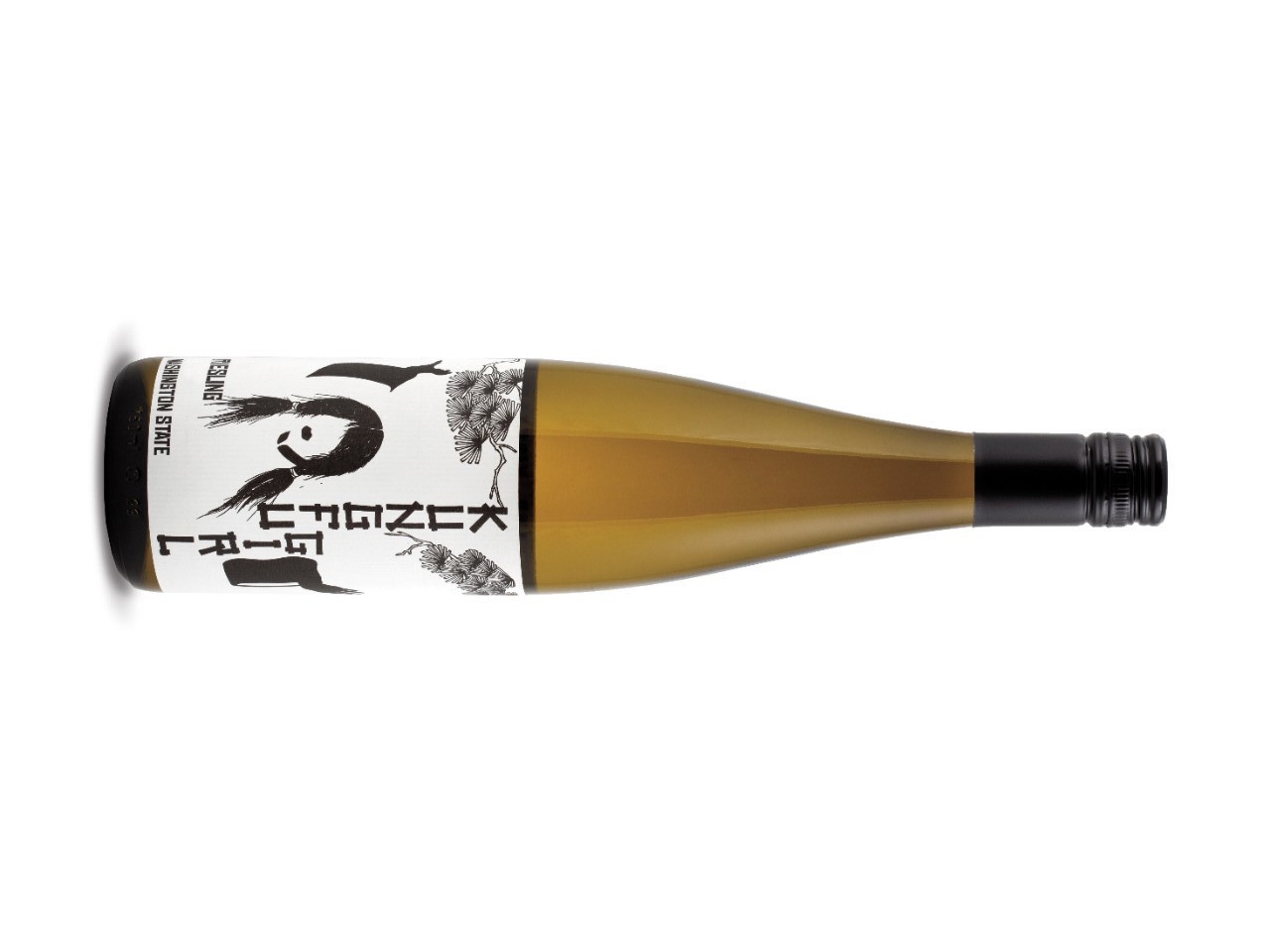Mellow
The zone between fruity and bold is mellow. Normally medium-bodied with a modicum of tannins, WineStyles aptly describes them as “party pleaser” reds you can sip with or without food.
The perfect wine for that is the Luigi Bosca 2007 Reserva Malbec ($22) from Mendoza, Argentina. Expect a mellow, mouth-filling red with a savoury licorice fruit flavour and bits of plum, tobacco and black olives. Best with grilled meat entrees.
Bold
The most robust, complex reds come with a decent amount of mouth-filling tannins, qualifying them for the “bold” tag. A wonderful example of an Old World bold red is the Le Serre Nuove Dell’ Ornellaia ($50) from Bolgheri, Tuscany, Italy. This latest blend of Bordeaux varietals is full, round, juicy and dry, with plenty of smooth-grained tannin. Black olive, tobacco leaf and peppery, licorice notes mix with orange peel, cassis and black cherry fruit. Long and dry, with some youthful tannin, it needs bottle time to mature.
The New World bold is similarly styled with complex, mouth-filling tannins, but often there is bright, richer fruit and softer tannins in the back end. What it gives up in complexity it makes up for in sheer hedonistic flavours.
A current favourite is the Caymus 2008 Special Selection Cabernet Sauvignon ($140) from Napa Valley, California. The nose is a riot of smoky, coffee, floral and cassis jam aromas with blackberry, vanilla, savoury notes, while the entry is round, smooth and warm. Expect plenty of blackberry jam, coffee, pepper, vanilla and cedar/tobacco flavours on the palate, with bits of leather, chocolate and coffee in the finish. You can drink this now with a rib-eye steak, grilled rare.
Nectar
As you might suspect, nectar is a nod toward the great sweet wines of the world. In this case, the sweetness comes from the amount of unfermented or residual sugar left in the wine. The more residual sugar, the sweeter the wine, but, in this case, it’s the wines with great acidity to balance all that sugar that get our attention.
A local favourite is the Quails’ Gate Late Harvest Totally Botrytis Affected Optima ($36/375 ml) from the Okanagan Valley. Its light gold colour and inviting honey, orange rind, floral apricot nose seduce your senses. So ripe and rich, with fine sugar/acid balance, it boasts an abundance of juicy, lychee, baked apple, honey, orange rind, apricot, and lanolin flavours.
Anthony Gismondi is a globetrotting wine writer who is the editor-in-chief of Calgary-based Wine Access magazine.
Like this content? Get more delivered right to your inbox with Ed. Eats
A list of what’s delicious, delectable and delightful.
